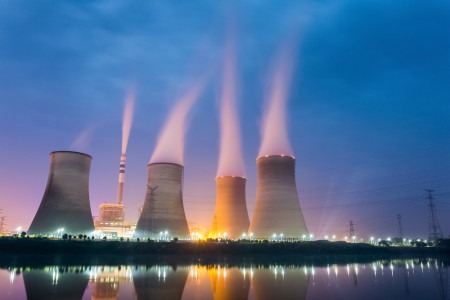First year of Delivering the Nuclear Promise initiative demonstrates progress

The U.S. nuclear energy industry continues to make strides as the industry approaches the one year mark in its Delivering the Nuclear Promise initiative to increase efficiencies and transform the industry.
The Delivering the Nuclear Promise (DNP) effort was launched in December 2014 as an industry-wide effort to strengthen the industry’s safety and reliability, implement efficiency improvements, and drive regulatory and market changes so that nuclear energy facilities are fully recognized for their value.
“Effecting an overall change in mindsets and culture is a huge undertaking but absolutely indispensable to the survival and success of our industry,” said Maria Korsnick, the Nuclear Energy Institute’s chief operating officer.
“We value the importance of safety and reliability and, while we maintain the high levels we have achieved, we also can focus on improving efficiency. We’ve made some terrific gains this first year,” she said.
The nuclear energy industry identified more than $600 million in project savings during 2016.
Alongside business labor and environmental allies, the industry preserved at-risk facilities in New York and Illinois, persuading state leaders that their environmental and economic goals and electric infrastructures are better serviced by keeping the power stations operational. Both states have enacted policies that provide financial support for nuclear energy facilities based on their value to the state.
“Driving efficiency at nuclear power plants is critical for the survival of our industry, but that alone will not get us where we have to go,” said William Levis, PSEG Power president and chief operating officer and executive sponsor of the DNP steering committee.
“Efficiency must go hand in hand with policymakers at the state and federal level acting to ensure existing nuclear power plants are correctly valued for the reliability, fuel diversity and environmental attributes they provide. More must be done across the country,” Levis said.
The Nuclear Energy Institute (NEI) has worked collaboratively with the Electric Power Research Institute and the Institute of Nuclear Power Operations in issuing 42 efficiency bulletins. These bulletins cover areas related to aligning radiation worker training standards at all U.S. nuclear power plants, standardizing training to access plants and extend renewal times.
NEI and both institutes have implemented savings plans to reduce or eliminate low-value preventative maintenance tasks as well as reduce paperwork amounts associated with routine preventative maintenance at nuclear plants.
